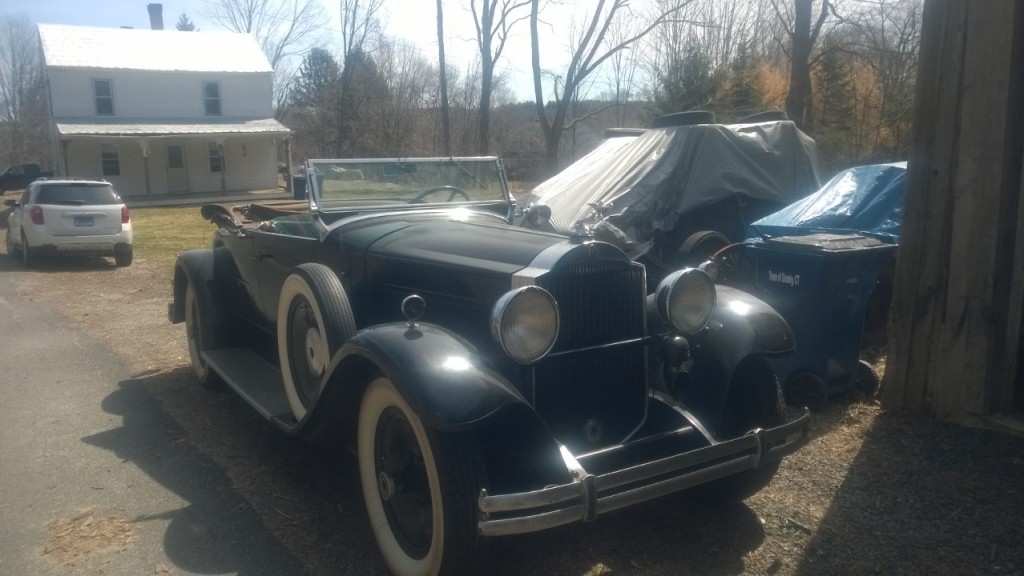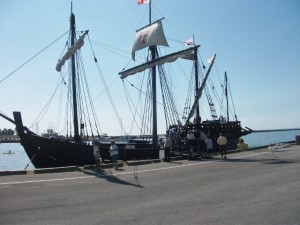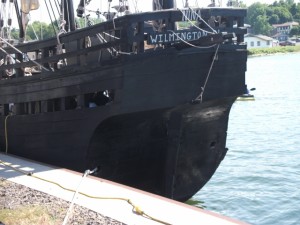Celebrating the Fourth of July in the traditional way with patriotic hymns and maybe even the Pledge of Allegiance might raise questions these days. Is it too secular? Maybe even partisan? Or just distracting?
I have always felt very positive about a traditional Fourth of July service. I even find them inspiring.
- First, a Fourth of July emphasis keeps the Sunday service relevant on a holiday weekend in the same way that we make services relevant for other national holidays such as Mother’s Day, Memorial Day, Martin Luther King Day, and Thanksgiving Sunday.
- A song such as “America” which I nearly always choose is itself a prayer and very appropriate for a church service.
- The Pledge Allegiance to the American Flag seems really to be an affirmation that we will do what we are commanded to do in 1 Peter 2:13, to submit ourselves to the human authority which is over us.
- The phrase “under God” in the Pledge of Allegiance reminds us that our first allegiance is to God. When I use the Pledge to the American Flag in a service, I also use the Pledge to the Christian Flag. And I do the latter one first, noting that our first allegiance is to Jesus.
- A Fourth of July service with patriotic overtones pays tribute to the Christian heritage of our country’s beginnings. Connecticut was founded by the Congregationalists from Massachusetts and had an established church until about 1818. We don’t wish to return to that but we do want to remember their legacy. In 1892 the Supreme Court declared, “Our laws and our institutions must necessarily be based upon and embody the teachings of the Redeemer of mankind. It is impossible that it should be otherwise; and in this sense and to this extent our civilization and our institutions are emphatically Christian” (Church of the Holy Trinity V. Unites States). So, there is a close interrelationship between the values espoused in our country’s great documents such as the Declaration of Independence and the Christian faith that partially inspired them. A Fourth of July service reminds me of this linkage.



